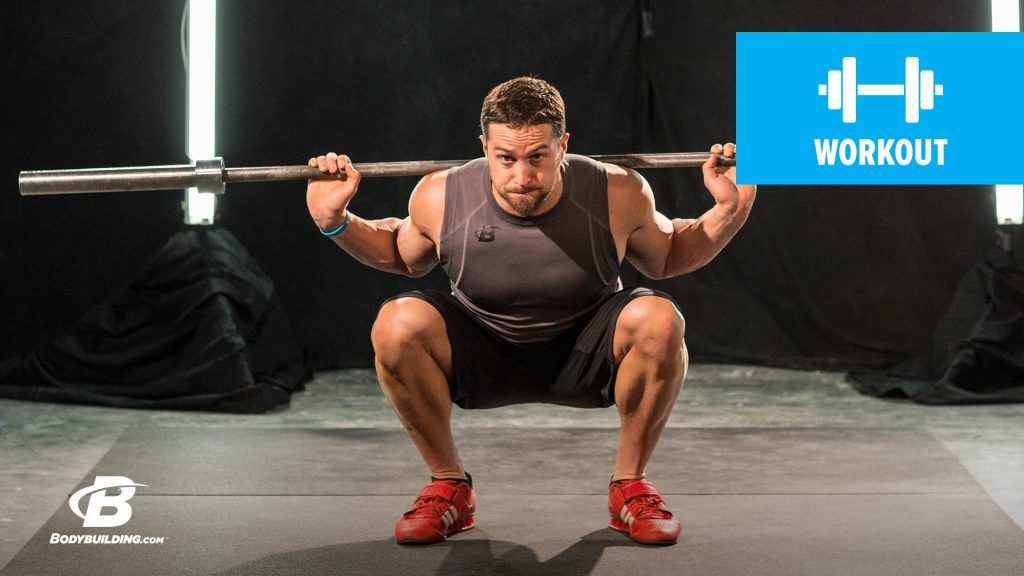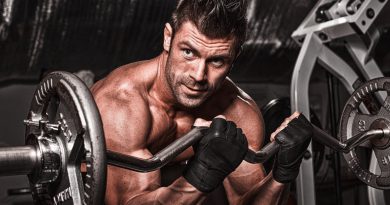Reverse Lunge Analysis and Breakdown
The Reverse Lunge
The reverse lunge begins in a standing position with both legs together. In order to perform a reverse lunge, we need to step backwards. Thus your first goal is to create momentum with one leg with a pendulum type swing. This is how we take a step.
In order to begin the swing phase of a limb, your body must first shift its weight into one leg. That is to say from standing you have 50% of pressure on one leg and 50% of pressure on the other leg. You shift a percentage of this pressure from one leg to another. This is the definition of the shift phase. The shift phase is completed once the body has transitioned into single limb support (SLS). SLS is characterized by 100% of the pressure transferred onto one leg.
Once the weight or pressure has been transferred into a single limb, the body accelerates the pressureless leg thus beginning the swing phase. This acceleration is created through synapses between our brain and our muscles. Thus we have neuro kinetic force. The swing phase is characterized by its acceleration.
For the reverse lunge, the swing phase is through extension of the hip or behind the body. As the leg gains acceleration, neuro-kineticly, it gains enough acceleration to transport our HAT (head, arms, trunk). The acceleration in our HAT comes from the acceleration of the lower limb making this limb a locomotive apparatus. It is also important to note that the motion here is measured by the shift in the bodies Center of Gravity (COG) which is roughly located in the pevlicular region at the bottom of the trunk.
We have completed the step once the limb in motion (swinging) contacts the ground. The limb in motion then enters the initial contact phase which is the beginning of the decelerative process. The jerk of the deceleration for our rocket scientist. The initial contact phase is also characterized by an increase in our base of support, thus the body has more balance. (Also due to the fact that you have more limbs on the ground!)
Now that the back leg is in contact with the ground, the body begins to transfer pressure or weight into the back leg (weight acceptance phase). For a reverse lunge, the full weight of the body is NEVER fully transferred into the back leg. {Side note: A total weight transfer would occur in dynamic reverse lunges aka walking backwards}
As the body is transferring weight into the back leg, it is slowing down (decelerating) the momentum it previously created to take the step. The SAME limb that sped itself up is now trying to slow itself down!
PAUSE
So if you wanted too, you could stop all of your momentum here. However, you would have merely just taking a step backwards. The reverse lunge is a continuation of this backwards step, thus all of your momentum is not stopped with the backwards step.
RESUME
Intro Workout Axis
+X: Forward
-X: Backward
+Y: UP
-Y:Down
+Z: Left
-Z: Right
So I have stepped backward, finally, and I have momentum in the negative X direction (backwards). I accept weight into the back leg or swing leg thus decelerating by bodies momentum. For the reverse lunge, I continue this deceleration of -X as I lower my center of gravity. My COG is lowered (expressed as -Y) through flexion in the knee joint.
In flexion of the knee, the hamstrings are contracted as the quads are stretched. The hamstrings load like pushing a spring down, while the quads stretch to decelerate the force. {Muscle as described through the decelerative phase}
The momentum of -X has been completely decelerated once my knees have reached 90 degrees. This degree is the most mechanically advantageous for your muscle to produce force. And also decelerate force. This is why heavy squaters go to 90 degrees on there lift.
Now you have successfully lowered your COG once you have decelerated all the momentum. This is half way! Now to complete the movement you must accelerate back into position. Remember our spring loaded hamstrings and stretched out quads? They unload to create acceleration. Thus the acceleration of this movement comes by contracting the quads, and stretching the hamstrings. So these muscles accelerate your loaded limb in order to create momentum to lift your HAT back into position (moving in the +Y direction). This is stepping into standing position. Note that the standing position easily decelerates the momentum of the lunge.
Muscular Function
In the 1st accelerative phase of the reverse lunge (backwards step), the main hip extendors are activated. These are your glutes (all fibers) and hamstrings.
During the decelerative phase your COG is lowered through knee flexion. Thus your hamstrings are contracted and quads are stretched. This is a common loading position and will build dynamic stability in the swing limb. Also, due to the uni-lateral loading of the front leg, you will build hip, knee and ankle stability.
The return phase of the movement is motivated through acceleration due to hip flexion. The quads stretch is unloaded and the hamstrings spring out an stabilize the flexion. {A much strong acceleration than our previous hip extension}. The COG raises and we return to our standing position.
It is due to these muscular functions that the reverse lunge is said to be a uni-lateral exercise that works the decelerative function of the glute and hamstrings. Or in gym speak. It works the glute and hamstrings!
Reverse Lunge Analysis and Breakdown by Evan T Russo




